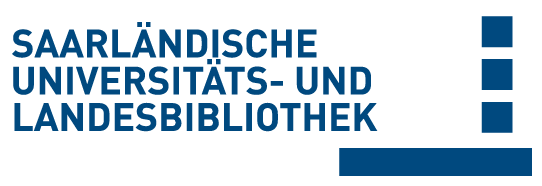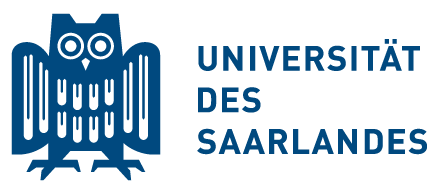Please use this identifier to cite or link to this item:
doi:10.22028/D291-25934 | Title: | Rekonstruktionsverfahren in der 3D-Vektortomographie |
| Author(s): | Theis, David |
| Language: | German |
| Year of Publication: | 2008 |
| SWD key words: | Vektor Optimale Rekonstruktion Visualisierung |
| Free key words: | Vektortomographie Doppler-Transformation Cone Beam Transformation Approximative Inverse vector field tomography reconstruction visualization Doppler transform |
| DDC notations: | 510 Mathematics |
| Publikation type: | Dissertation |
| Abstract: | Ziel der Vektortomographie ist die Rekonstruktion und Visualisierung divergenzfreier Vektorfelder, beispielsweise von Geschwindigkeitsfeldern sich bewegender Flüssigkeiten. Als medizinische Anwendung kann hier die Bestimmung des Blutflusses zur Tumordetektion genannt werden. Für einen ausgesandten Strahl wird dazu die Projektion des Vektorfeldes längs des als linear angenommenen Strahlenweges gemessen. Die Messung erfolgt mit Hilfe von Ultraschallwellen, die von einer das Objekt umgebenden Abtastkurve ausgestrahlt werden. Das verwendete mathematische Modell ist die Doppler-Transformation, für die zum jetzigen Zeitpunkt keine Inversionsformel bekannt ist. Im Rahmen dieser Arbeit wird ein Verfahren zur vollständigen, näherungsweisen Berechnung divergenzfreier, dreidimensionaler Vektorfelder aus Daten der Doppler-Transformation hergeleitet. Dabei wird auf bekannte Ergebnisse im Zusammenhang mit der Inversion der skalaren dreidimensionalen Cone Beam Transformation zurückgegriffen. Es stellt sich heraus, dass die mit Hilfe der Theorie der Approximativen Inversen hergeleiteten Rekonstruktionskerne für die Cone Beam Transformation auch erfolgreich in der Vektortomographie eingesetzt werden können. Nach einem Überblick über wichtige Eigenschaften der Cone Beam Transformation und die Bestimmung der entsprechenden Rekonstruktionskerne wird die oben genannte Methode zur Berechnung von Vektorfeldern präsentiert. Einige numerische Beispiele zeigen die Möglichkeiten des Algorithmus. The aim of vector field tomography is the reconstruction and visualization of divergence-free vector fields, for example the velocity fields of moving fluids. As an application the determination of blood flow for tumor detection may be mentioned. For this purpose, for an emitted beam the projection of the vector field along the linear path of the beam is measured. The measurement is done by using ultrasound waves which are sent out along a scanning curve surrounding the object. The mathematical model used is the Doppler transform for which up to now no inversion formula is known. In the course of this work a method for the complete, approximate computation of divergencefree three-dimensional vector fields from data of the Doppler transform will be derived. To this end we will resort to known results related to the inversion of the scalar three-dimensional cone beam transform. It turns out that the reconstruction kernels for the cone beam transform which have been calculated using the theory of Approximate Inverse can as well be successfully used in vector field tomography. After an overview of the fundamental properties of the cone beam transform and the evaluation of the respective reconstruction kernels the above mentioned method for the reconstruction of vector fields will be presented. Several numerical experiments show the possibilities of the algorithm. |
| Link to this record: | urn:nbn:de:bsz:291-scidok-21250 hdl:20.500.11880/25990 http://dx.doi.org/10.22028/D291-25934 |
| Advisor: | Louis, Alfred K. |
| Date of oral examination: | 13-Feb-2009 |
| Date of registration: | 24-Apr-2009 |
| Faculty: | MI - Fakultät für Mathematik und Informatik |
| Department: | MI - Mathematik |
| Collections: | SciDok - Der Wissenschaftsserver der Universität des Saarlandes |
Files for this record:
| File | Description | Size | Format | |
|---|---|---|---|---|
| Dissertation_7856_Thei_Davi_2008.pdf | 17,79 MB | Adobe PDF | View/Open |
Items in SciDok are protected by copyright, with all rights reserved, unless otherwise indicated.

